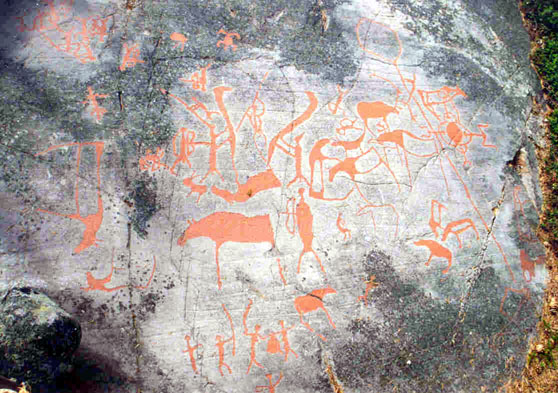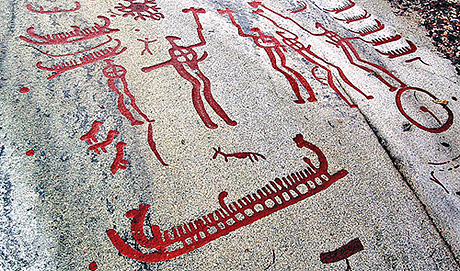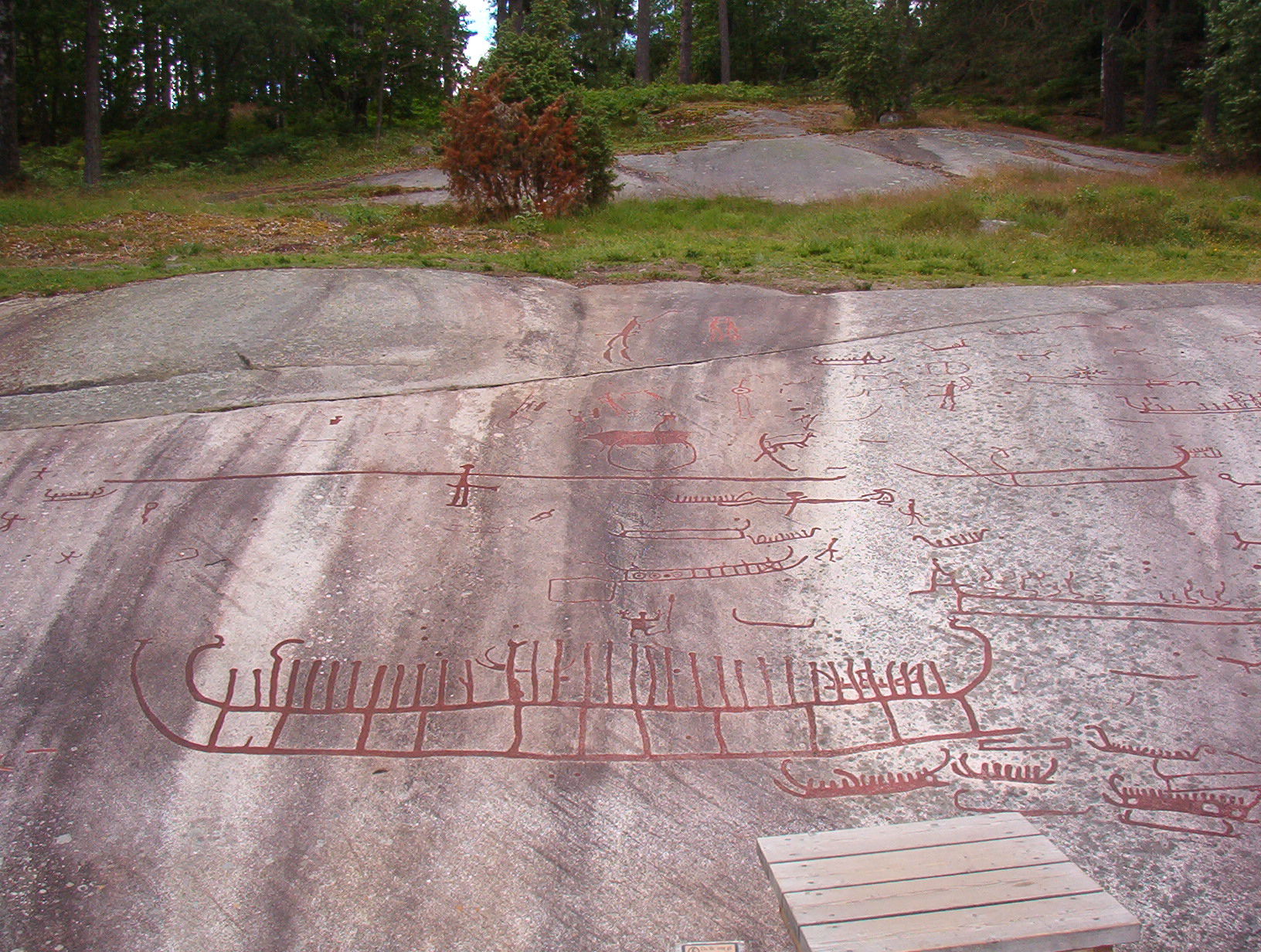Angela
Elite member
- Messages
- 21,823
- Reaction score
- 12,329
- Points
- 113
- Ethnic group
- Italian
Another point of view, from Razib Khan:
https://www.gnxp.com/WordPress/2018...baltic/?utm_source=dlvr.it&utm_medium=twitter
Of course, sampling is imperfect, and perhaps they’ve missed pockets of ancient Finnic peoples. But the most thorough analysis of Mesolithic hunter-gatherers in Scandinavian does not pick them up either, Population genomics of Mesolithic Scandinavia: Investigating early postglacial migration routes and high-latitude adaptation. Populations, such as the Comb Ceramic Culture, which have been identified as possible ancestors of the modern Finnic culture and ethnicity, lack the distinctive Siberian-like component.
At the SMBE 2017, I saw a poster which had results that were sampled from Finland proper, and distinctive ancestry of Siberian-like peoples was present in an individual who lived after 500 AD. This means that in all likelihood the circumpolar Siberian population which introduced this new element into the East Baltic arrived in the period between 500 BC and 500 AD."
"I will add when I run Treemix Finns get the Siberian gene flow you’d expect. But the Lithuanians get something from the Finns. Since the Lithuanians have appreciable levels of N1c, that is not entirely surprising to me (the basal flow from the Yakut/European region to Belorussians may be more CHG/ANE).
Additionally, I will note that on a f-3 test Lithuanians have nearly as high a z-score (absolute) as Swedes (i.e., Finn; Swede/Lithuanian, Yakut), indicating that the predominant Northern European ancestry isn’t necessarily Scandinavian, as much as something between Lithuanian-like and Swedish-like (on Admixture tests the Finns do seem to have less EEF than Swedes, and Lithuanians probably the least of all among non-Finn peoples)."
https://www.gnxp.com/WordPress/2018...baltic/?utm_source=dlvr.it&utm_medium=twitter
Of course, sampling is imperfect, and perhaps they’ve missed pockets of ancient Finnic peoples. But the most thorough analysis of Mesolithic hunter-gatherers in Scandinavian does not pick them up either, Population genomics of Mesolithic Scandinavia: Investigating early postglacial migration routes and high-latitude adaptation. Populations, such as the Comb Ceramic Culture, which have been identified as possible ancestors of the modern Finnic culture and ethnicity, lack the distinctive Siberian-like component.
At the SMBE 2017, I saw a poster which had results that were sampled from Finland proper, and distinctive ancestry of Siberian-like peoples was present in an individual who lived after 500 AD. This means that in all likelihood the circumpolar Siberian population which introduced this new element into the East Baltic arrived in the period between 500 BC and 500 AD."
"I will add when I run Treemix Finns get the Siberian gene flow you’d expect. But the Lithuanians get something from the Finns. Since the Lithuanians have appreciable levels of N1c, that is not entirely surprising to me (the basal flow from the Yakut/European region to Belorussians may be more CHG/ANE).
Additionally, I will note that on a f-3 test Lithuanians have nearly as high a z-score (absolute) as Swedes (i.e., Finn; Swede/Lithuanian, Yakut), indicating that the predominant Northern European ancestry isn’t necessarily Scandinavian, as much as something between Lithuanian-like and Swedish-like (on Admixture tests the Finns do seem to have less EEF than Swedes, and Lithuanians probably the least of all among non-Finn peoples)."
















